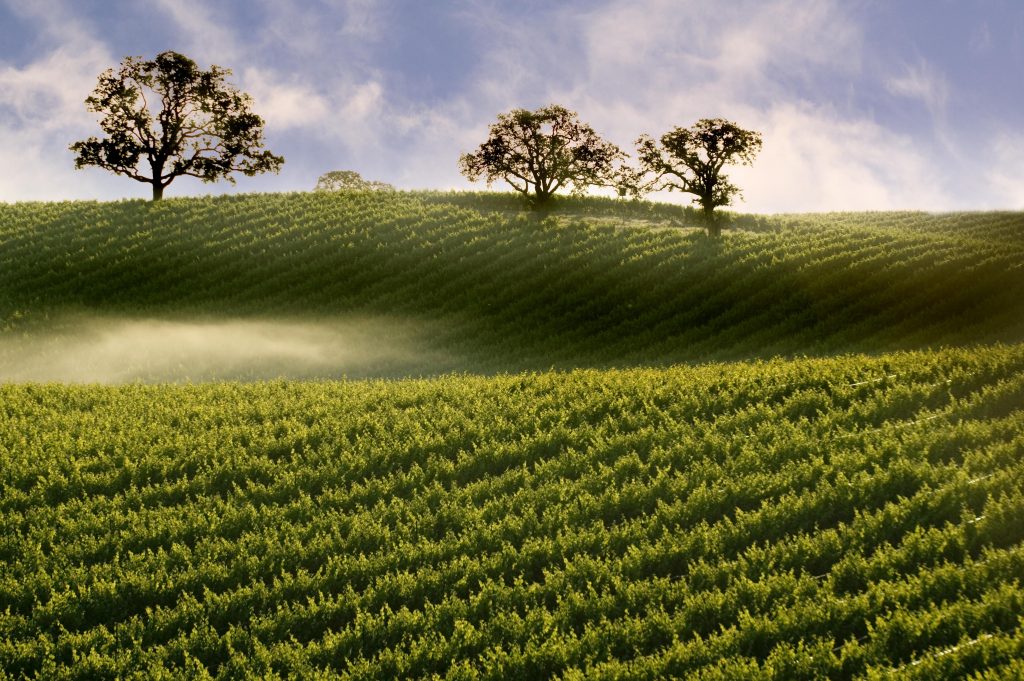application/pdf
Jones-Organic farms conserve a dung beetle spe
application/pdf
Sánchez-Bayo and Wyckhuys, 2019, “Worldwide decline of the entomofauna: A review of its drivers,” in “Biological Conservation”
application/pdf
Thogmartin et al., 2017, Factors in monarch butterfly population decline, by The Royal Society Publishing
application/pdf
Stenoien et al., 2018, Monarchs in decline a landscape level effect of modern ag, in “Insect Science”
application/pdf
Pleasants and Oberhauser, 2012, Milkweed Loss In Agricultural Fields and Monarch Butterfly Declines, in “Insect Conservation and Diversity”
application/pdf
2016, Woodcock et al, “Impacts of neonicotinoid use on long-term population changes in wild bees in England,” in “Nature Communications”
application/pdf
2017, EPA, “Schedule for Review of Neonicotinoid Pesticides,” on EPA.gov
application/pdf
2017, Emily Unglesbee, “New Documents Details Extensive Use of Neonic Seed Coatings, in “DTN Progressive Farmer”
application/pdf
2015, Elizabeth Young and Christian Krupke, “Non-cultivated plants present a season-long route of pesticide exposure for honey bees'” in “Nature Communications”
application/pdf
2016, Christina Mogren and Jonathan Lundgren, “Neonicotinoid-contaminated pollinator strips adjacent to cropland reduce honey bee nutritional status,” in “Nature: Scientific Reports”
application/pdf
2014, Herbert et al, “Effects of field-realistic doses of glyphosate on hneybee appetitive behavior,” in “J. of Exp. Biology”
application/pdf
2016, Dicks et al, “Ten Policies for Pollinators,” in “Science”
application/pdf
2016, Massachusetts Attorney General Press Release on Neonicotinoids, “AG Takes Action Against Bayer Over Deceptive Marketing About Risks of Pesticides”

